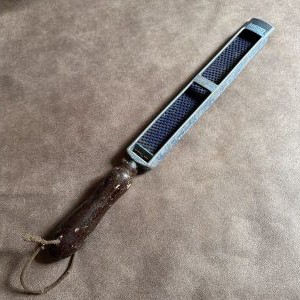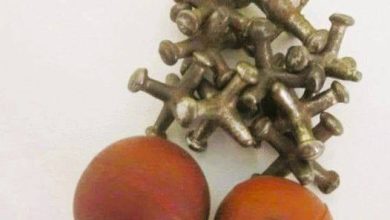
ADVERTISEMENT
The Rasp: An Essential Tool for Shaping and Smoothing
ADVERTISEMENT
The rasp, a coarse form of file used in woodworking, metalworking, and even leatherworking, is an indispensable tool for craftsmen and artisans. Known for its distinctive design and unique function, the rasp allows for precise shaping and smoothing of materials, making it a vital instrument in the toolkit of anyone who works with raw materials.
A Brief History
The rasp has been used for centuries, with its origins dating back to ancient times. Early versions were crafted from stone or bronze, but the tool evolved significantly with the advent of iron and steel, becoming more efficient and durable. Its primary function has always been to remove material quickly and with precision, preparing surfaces for finer finishing or shaping pieces to exact dimensions.
Design and Functionality
Rasps are characterized by their rough, pointed teeth, which are cut or pressed into a flat or rounded surface. The teeth are typically arranged in a pattern that allows the rasp to remove material effectively with each stroke. The tool’s handle, often made of wood or plastic, provides a comfortable grip, enabling the user to apply consistent pressure and control during use.
ADVERTISEMENT
Rasps come in various shapes and sizes, each designed for specific tasks. Common types include:
– **Flat Rasps:** Ideal for smoothing flat surfaces.
– **Round Rasps:** Used for enlarging holes or shaping concave surfaces.
– **Half-Round Rasps:** Versatile tools that can work on both flat and curved surfaces.
– **Cabinet Rasps:** Designed for finer work, offering a smoother finish than more aggressive rasps.
Applications in Craftsmanship
Woodworkers often use rasps to shape intricate details in furniture, musical instruments, and decorative objects. The tool’s ability to remove material quickly makes it ideal for rough shaping before finer sanding and finishing. In metalworking, rasps can smooth sharp edges and refine metal surfaces, while leatherworkers use them to shape and smooth leather pieces.
The rasp’s unique ability to shape and smooth with precision makes it a favorite among sculptors and artisans who work with a variety of materials. It allows for creativity and experimentation, enabling the creation of complex shapes and designs.
ADVERTISEMENT
Maintenance and Care
To ensure a rasp remains effective, it requires regular maintenance. Keeping the teeth clean and free of debris is essential for optimal performance. This can be achieved using a wire brush or file card to remove material build-up. Additionally, storing rasps in a dry environment prevents rust, which can dull the teeth and reduce the tool’s effectiveness.
Conclusion
The rasp is a timeless tool that continues to play a crucial role in various crafts and industries. Its design and functionality have remained largely unchanged, a testament to its effectiveness and versatility. Whether used by a seasoned craftsman or a hobbyist, the rasp remains an essential tool for anyone looking to shape, smooth, and refine materials with precision and control.
—
ADVERTISEMENT
If you have any more questions or need further information about the rasp or its uses, feel free to ask!




